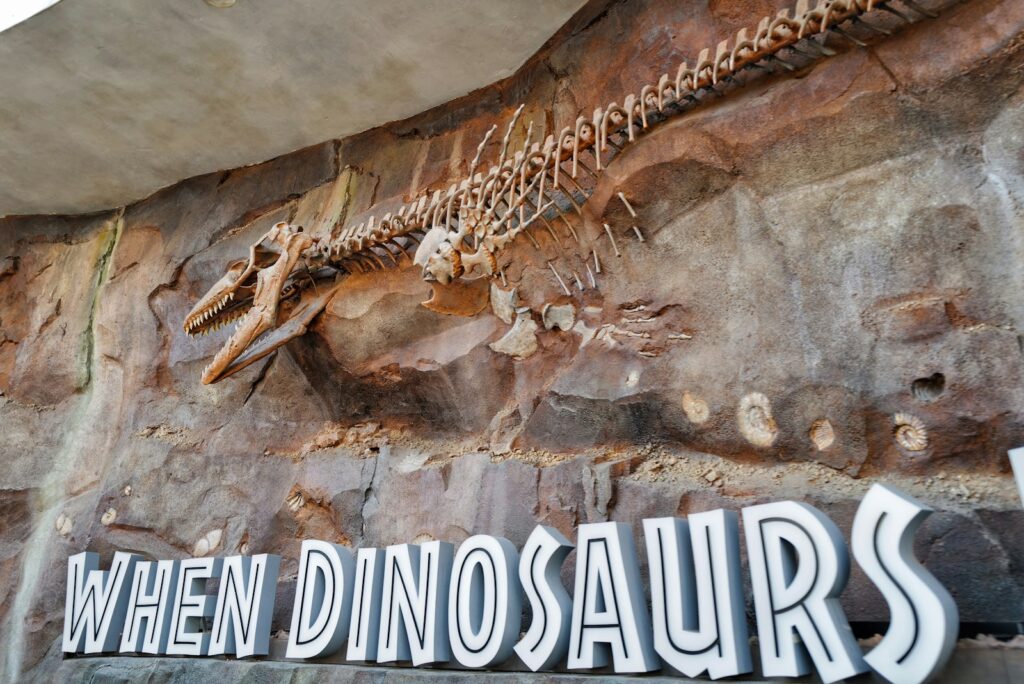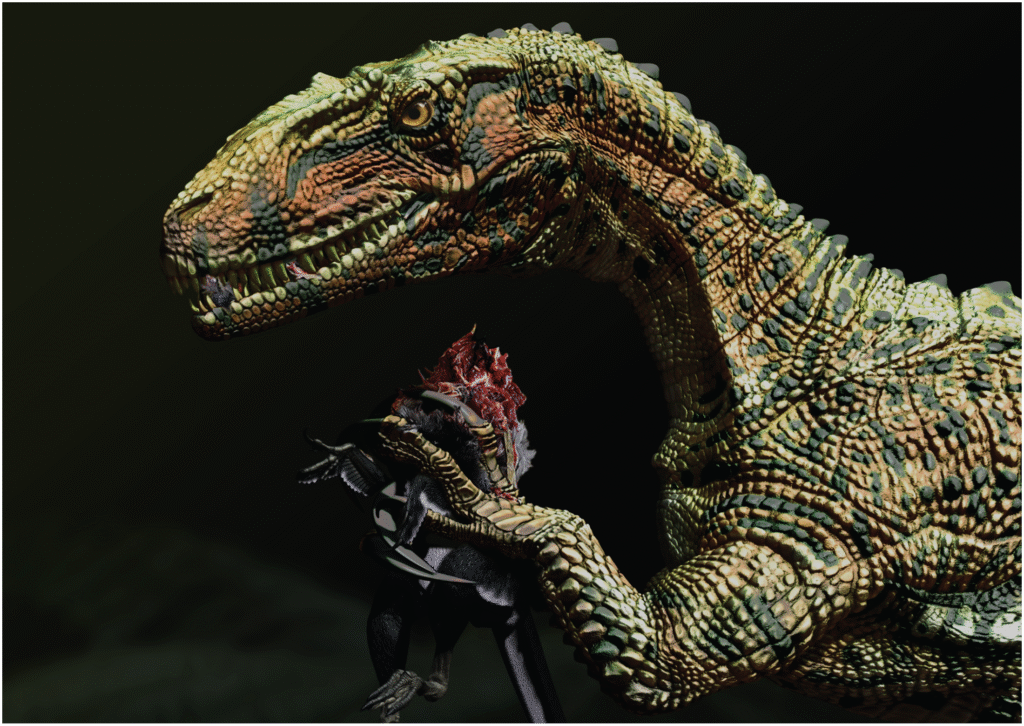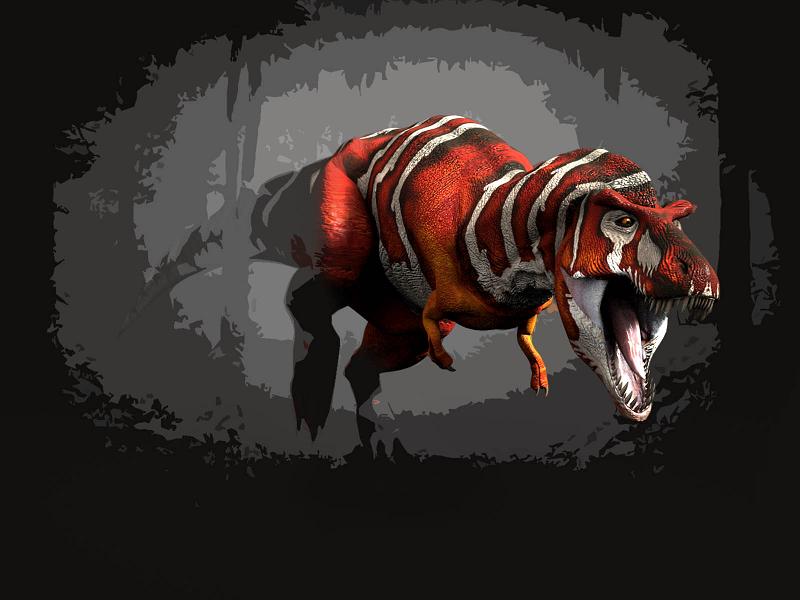Picture this: you’re sipping your morning coffee in 1877, unfolding your newspaper, when a headline screams about “Enormous Lizard Bones Found in the West!” The discovery of dinosaurs didn’t happen in dusty academic journals or behind museum doors – it exploded across newspaper pages, capturing the public imagination in ways that would forever change how we think about our planet’s ancient past.
The First Fossil Sensations Hit the Headlines
When Gideon Mantell discovered Iguanodon teeth in 1825, newspapers treated it like finding treasure from another world. The London press ran wild with speculation about “gigantic reptiles” that once roamed the Earth, though most reporters had no idea what they were actually describing. Early newspaper accounts mixed scientific facts with pure fantasy, creating creatures that sounded more like dragons than dinosaurs.
The public couldn’t get enough of these prehistoric mysteries. Papers like The Times of London dedicated entire columns to fossil discoveries, often embellishing the finds with dramatic language that made readers feel like they were witnessing the resurrection of ancient monsters. These early reports laid the groundwork for dinosaur mania that would sweep across continents.
America’s Bone Wars Become Front-Page News
The rivalry between paleontologists Othniel Charles Marsh and Edward Drinker Cope turned dinosaur discovery into a blood sport that newspapers devoured. Starting in the 1870s, papers across America chronicled their bitter competition with the enthusiasm usually reserved for political scandals or celebrity gossip. Each new fossil find became ammunition in what journalists dubbed “The Bone Wars.”
Reporters followed expedition teams into the American West, sending back dispatches that read like adventure novels. The New York Herald and other major papers turned fossil hunting into entertainment, complete with tales of dynamite explosions, sabotage, and researchers literally stealing bones from each other’s dig sites. This coverage transformed paleontology from a quiet academic pursuit into a spectator sport.
Victorian Newspapers Paint Prehistoric Monsters
Victorian-era journalists had a gift for making dinosaurs sound absolutely terrifying. Papers described discoveries using words like “horrible,” “monstrous,” and “fearsome beasts,” creating an image of prehistoric Earth as a nightmarish landscape dominated by bloodthirsty creatures. These dramatic descriptions shaped public perception for decades, establishing dinosaurs as the ultimate predators rather than the diverse group of animals we know them to be today.
The language was deliberately sensational because it sold papers. Editors knew that stories about “terrible lizards” (the literal translation of “dinosaur”) would grab readers’ attention far more effectively than dry scientific reports. This approach worked so well that even today, many people still picture dinosaurs primarily as savage monsters rather than complex animals with varied lifestyles.
Scientific Accuracy Takes a Backseat to Drama
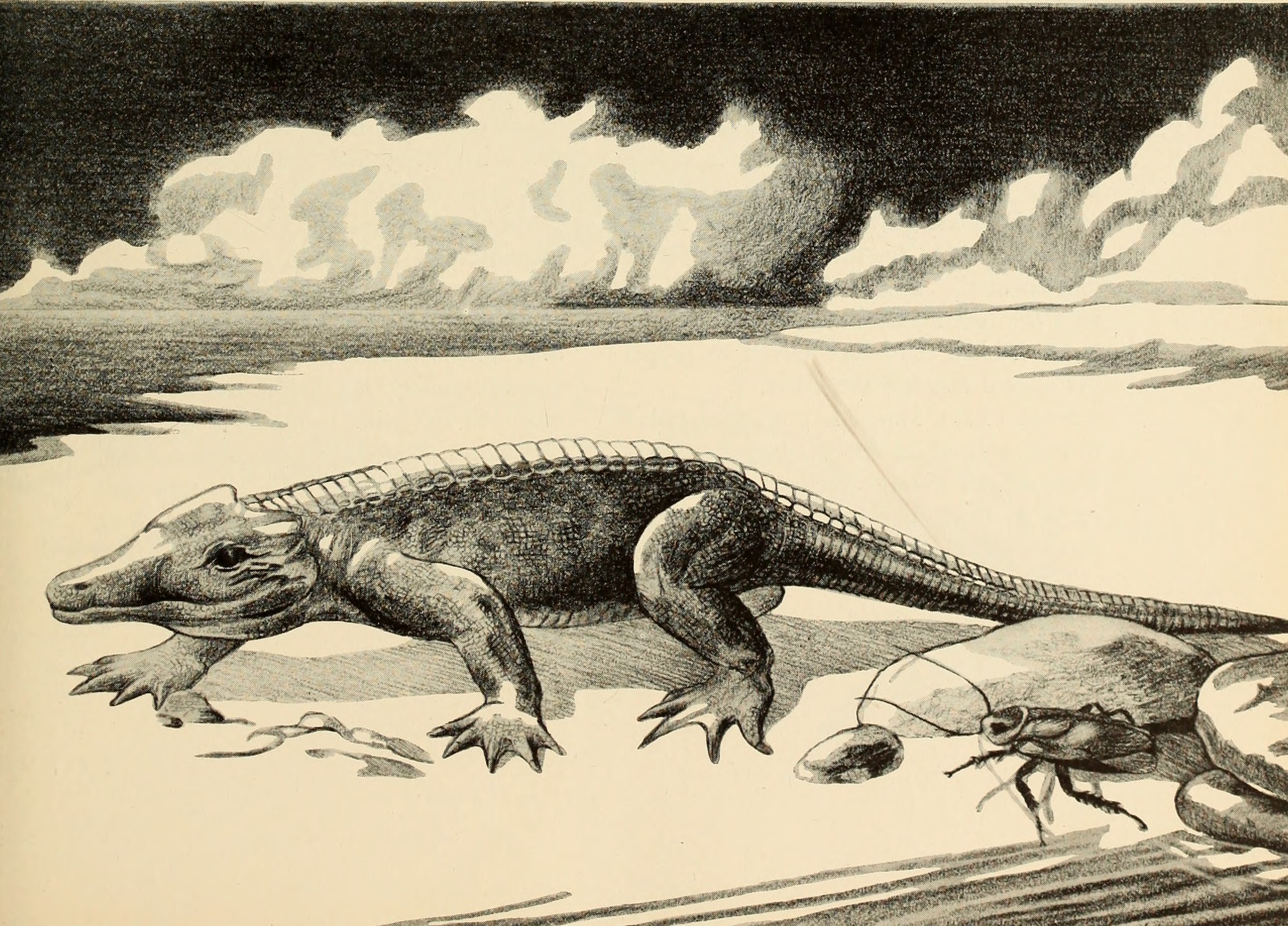
Early newspaper coverage of dinosaur discoveries was notoriously inaccurate, often transforming legitimate scientific findings into pure fiction. Reporters frequently misunderstood the size, behavior, and appearance of newly discovered species, leading to wildly exaggerated claims that persisted in popular culture for generations. A modest-sized dinosaur might be described as “larger than a whale,” while herbivores were portrayed as vicious predators.
The problem was compounded by the fact that many journalists had no scientific training whatsoever. They relied on secondhand accounts, speculation, and their own imagination to fill in gaps in knowledge. This created a feedback loop where incorrect information spread faster than accurate scientific findings, making it incredibly difficult for the public to distinguish between fact and fiction.
Newspaper Illustrations Bring Dinosaurs to Life
The visual representation of dinosaurs in newspapers proved just as influential as the written word. Early newspaper illustrations, though often wildly inaccurate, gave readers their first glimpse of what these prehistoric creatures might have looked like. Artists working for papers like Harper’s Weekly and Frank Leslie’s Illustrated Newspaper created images that became deeply embedded in popular consciousness.
These illustrations typically showed dinosaurs as oversized lizards or dragons, complete with scales, serpentine necks, and perpetually open mouths full of razor-sharp teeth. The artistic style was deliberately dramatic, designed to evoke fear and wonder rather than scientific accuracy. Many of these visual tropes persist in popular media today, despite decades of scientific advancement that has completely revolutionized our understanding of dinosaur anatomy and behavior.
International Coverage Spreads Dinosaur Fever
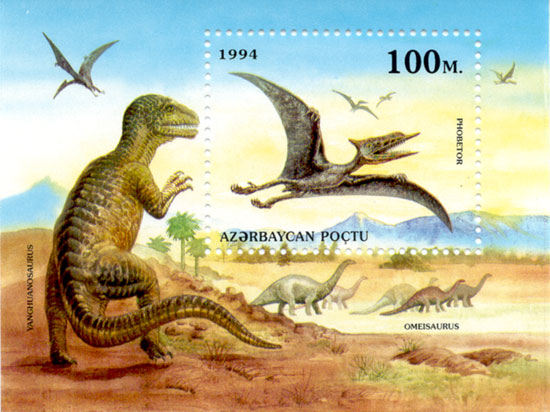
As telegraph networks connected continents, dinosaur discoveries in one country quickly became international news. British papers reported on American finds, German newspapers covered French excavations, and the global fascination with prehistoric life grew exponentially. This international coverage helped establish dinosaurs as a universal symbol of scientific wonder that transcended cultural boundaries.
The speed of information transfer meant that major discoveries could be reported around the world within days rather than months. This rapid dissemination of news created a sense of shared excitement about paleontological discoveries, turning dinosaur hunting into a global phenomenon that captured imaginations from London to Tokyo.
The Role of Expedition Reporting
Newspapers began sending correspondents on dinosaur-hunting expeditions, creating a new genre of adventure journalism. These reporters faced the same hardships as the scientists they followed – extreme weather, dangerous terrain, and the constant threat of equipment failure. Their dispatches brought the excitement and danger of fossil hunting directly into readers’ homes.
The expedition reports read like serialized adventure novels, with each installment building suspense about what might be discovered next. Readers became invested in the success of particular expeditions, eagerly awaiting news of the next big find. This type of coverage transformed paleontology from an abstract science into a thrilling adventure that anyone could follow and understand.
Sensational Headlines That Shaped Public Opinion
Newspaper headlines about dinosaur discoveries were masterpieces of sensationalism. “Monster Bones Discovered!” “Ancient Dragons Found in Colorado!” “Prehistoric Beasts Larger Than Elephants!” These headlines weren’t just attention-grabbers – they fundamentally shaped how the public thought about dinosaurs for generations. The emphasis on size, ferocity, and mystery created lasting stereotypes that scientists are still working to overcome.
The power of these headlines lay in their ability to make the prehistoric feel immediate and relevant. By describing dinosaurs in terms that contemporary readers could understand – comparing them to familiar animals or using dramatic adjectives – newspapers made these ancient creatures feel real and present. This approach was incredibly effective at capturing public interest, even when it sacrificed scientific accuracy.
Scientific Corrections Often Buried in Back Pages
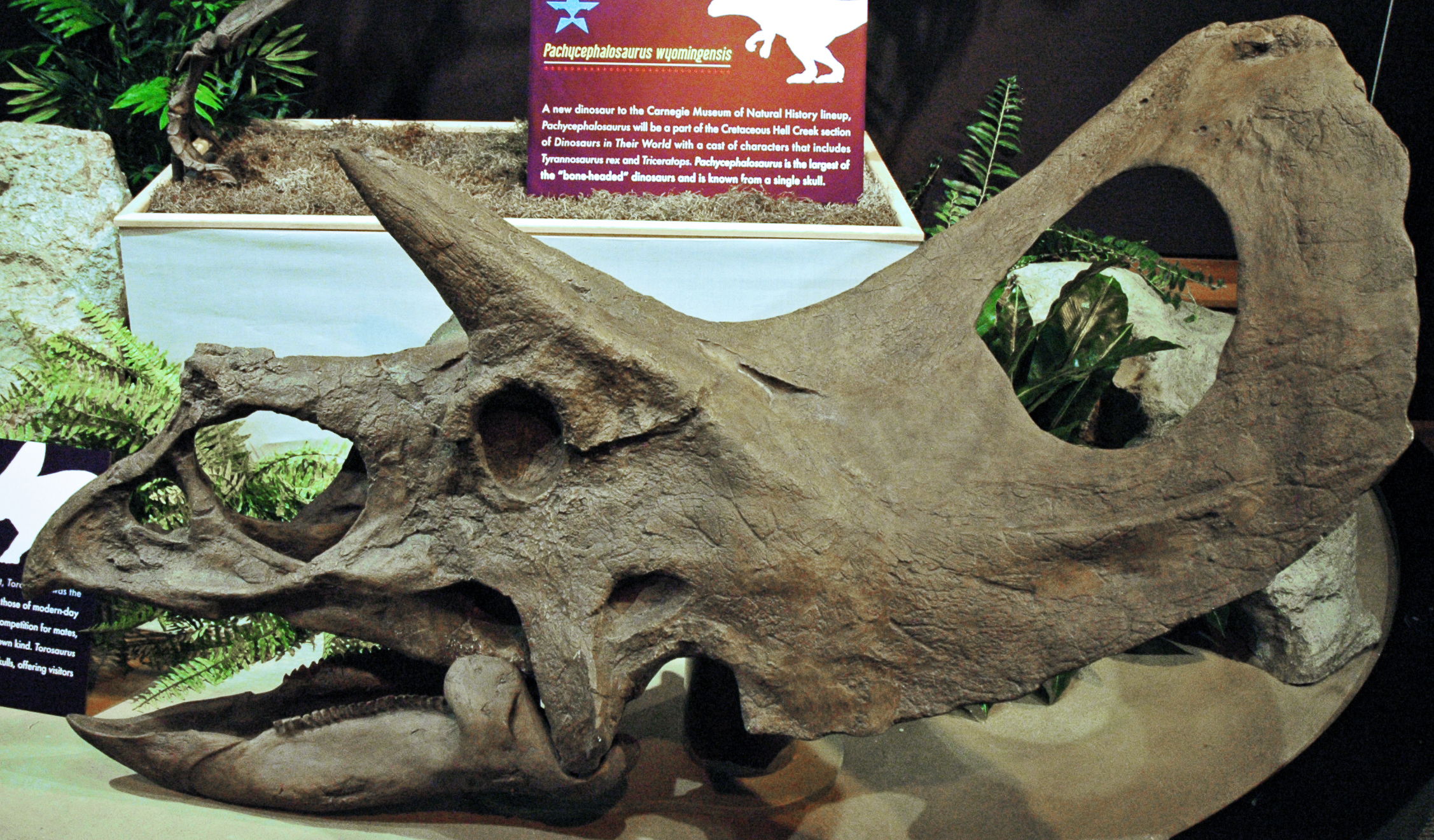
When scientists tried to correct inaccurate newspaper reports about dinosaur discoveries, their rebuttals were often relegated to small notices buried deep in the paper. The original sensational stories had already captured public attention, while the corrections rarely received the same prominent placement. This imbalance meant that misconceptions spread faster and persisted longer than accurate information.
The scientific community grew increasingly frustrated with this pattern, leading to tensions between researchers and journalists that persist today. Scientists wanted accurate reporting of their discoveries, while newspaper editors prioritized stories that would sell papers. This fundamental conflict between scientific accuracy and commercial appeal continues to influence how dinosaur discoveries are reported in modern media.
The Birth of Dinosaur Celebrity Culture
Newspapers didn’t just report on dinosaur discoveries – they created dinosaur celebrities. Certain species became household names through repeated newspaper coverage, while others remained obscure despite their scientific importance. Tyrannosaurus rex, for example, achieved legendary status partly through newspaper coverage that emphasized its size and ferocity, even though many other dinosaurs were equally impressive.
This celebrity culture extended to the paleontologists themselves, who became recognizable public figures through newspaper profiles and expedition reports. The media attention transformed scientists like Barnum Brown and Roy Chapman Andrews into adventure heroes, inspiring countless young people to pursue careers in paleontology. The newspapers had successfully turned dinosaur hunting into a glamorous profession that captured the public imagination.
Coverage of Major Museum Exhibits
When museums began displaying dinosaur skeletons, newspapers covered these exhibits with the same enthusiasm they brought to major cultural events. The unveiling of a new dinosaur skeleton was treated as front-page news, complete with detailed descriptions of the mounting process and speculation about the creature’s behavior. These stories helped establish museums as temples of scientific wonder rather than dusty repositories of old bones.
Newspaper coverage of museum exhibits also democratized access to dinosaur discoveries. People who couldn’t afford to visit museums could still experience the excitement of seeing a dinosaur skeleton through detailed newspaper descriptions and illustrations. This coverage helped build public support for museum funding and scientific research, creating a positive feedback loop that benefited paleontology as a whole.
The Evolution of Dinosaur Reporting Standards
As the 20th century progressed, newspaper coverage of dinosaur discoveries gradually became more accurate and scientifically informed. Editors began working more closely with paleontologists to ensure that reports reflected current scientific understanding rather than pure speculation. This shift represented a maturation of science journalism that benefited both the scientific community and the reading public.
The improvement in reporting standards also reflected growing public sophistication about dinosaurs. As readers became more knowledgeable about prehistoric life, they demanded more accurate and detailed coverage of new discoveries. This created pressure on newspapers to improve their science reporting, leading to better collaboration between journalists and scientists.
Modern Dinosaur Discoveries in Digital Age Media
Today’s dinosaur discoveries are reported instantaneously across digital platforms, but the basic appeal remains the same as it was in the Victorian era. Modern headlines still emphasize size, ferocity, and uniqueness, though they’re generally more scientifically accurate than their historical counterparts. Social media has amplified the reach of dinosaur news, allowing discoveries to go viral in ways that would have been impossible in the print era.
The democratization of information through digital media has also changed how dinosaur discoveries are reported. Scientists can now communicate directly with the public through blogs, Twitter, and video platforms, bypassing traditional media gatekeepers. This has led to more accurate reporting but also more competition for public attention, as dinosaur stories compete with countless other news items for readers’ limited attention spans.
The Legacy of Sensational Dinosaur Journalism
The sensational newspaper coverage of early dinosaur discoveries created lasting myths and misconceptions that continue to influence popular culture today. Movies, books, and television shows still draw heavily on the dramatic imagery and behavioral stereotypes established by Victorian-era journalists. These popular depictions often bear little resemblance to current scientific understanding, but they remain powerful cultural touchstones that shape how the public thinks about dinosaurs.
The legacy of sensational dinosaur journalism also extends to modern science communication. Today’s paleontologists must constantly work to overcome outdated stereotypes and misconceptions that were established by newspaper coverage more than a century ago. This ongoing challenge highlights the lasting power of media representation in shaping public understanding of scientific discoveries.
The story of dinosaurs in newspapers reveals something profound about human nature – our endless fascination with the mysterious and the magnificent. From those first sensational headlines in the 1800s to today’s viral social media posts, the media has served as the bridge between dusty fossil beds and public imagination. While early newspaper coverage was often wildly inaccurate, it succeeded in something perhaps more important: it made dinosaurs matter to ordinary people. The next time you see a dinosaur story trending online, remember that you’re witnessing the latest chapter in a communication revolution that began with Victorian reporters scrambling to describe creatures beyond their wildest dreams. What new prehistoric wonders will tomorrow’s headlines reveal?

